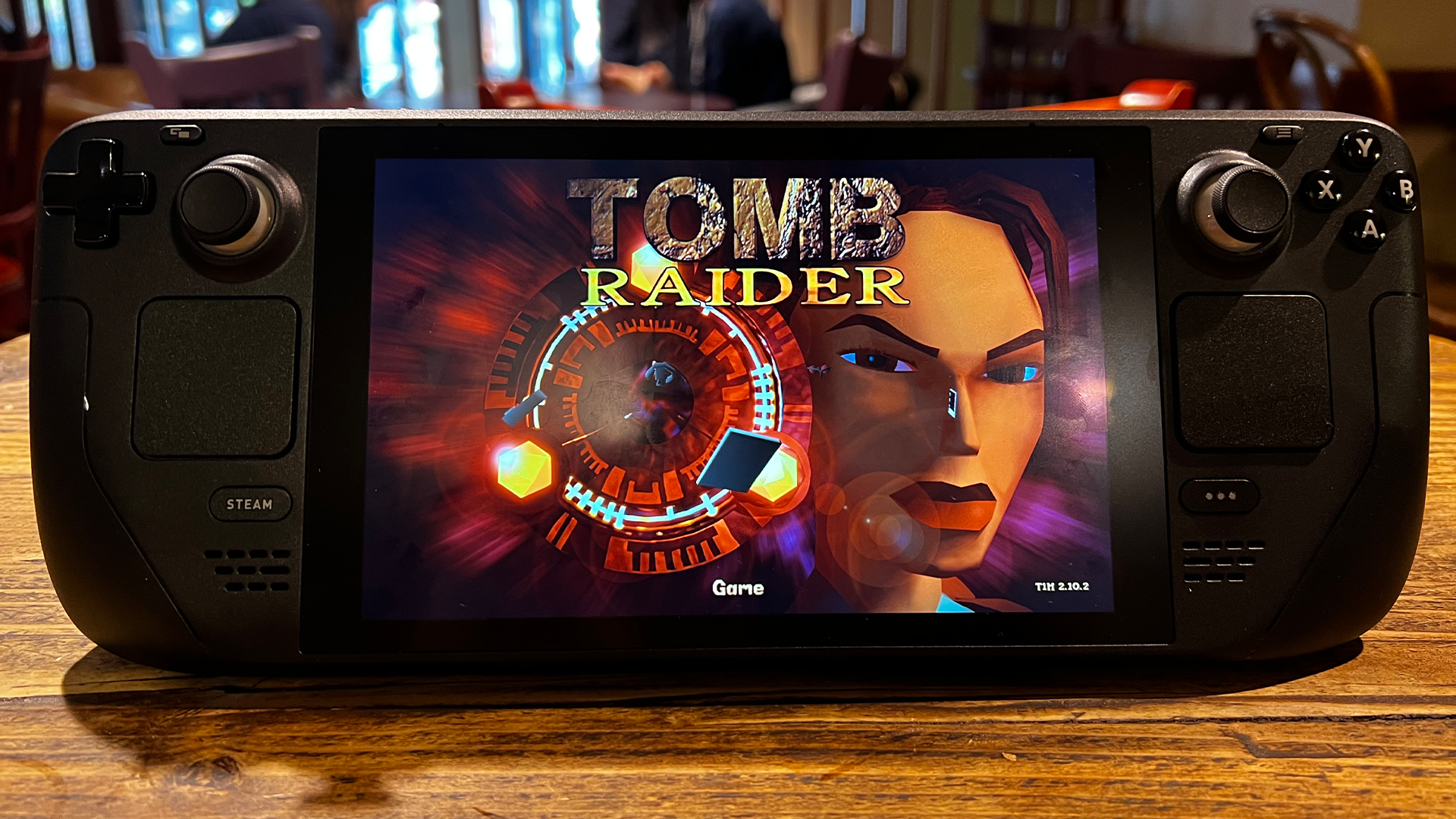Steam Deck has made me sell my PC and move on from my PS Vita - here's why
Opinion: The PS Vita 2 in all but name

It's only been a month of owning one, but I'm already convinced that the Steam Deck has become the leader in handheld PCs, while also replacing the need for other handhelds at the same time.
The Steam Deck is Valve's latest effort in expanding its Steam service to a different platform. For the past few years it's been trying to work with other developers to have games run on Linux, alongside Windows and macOS. The Steam Deck is the amalgamation of this effort, and it's a great one at that.
Yet I wasn't keen on owning one to start with. I'd read our very own Matt Hanson's feature on using it as a work machine and be amazed, but with a Gaming PC in my office, I couldn't justify it.
And then I was shown that it could be even better than the Gaming PC I used to own, and I'm at a point where the PC has been sold, and the Steam Deck is now my go-to for PC gaming.
512GB of Metal Gear and Resident Evil games

I made a reservation in July, and suddenly in September, Steam sent me an email confirming that my Steam Deck was ready to be paid for in full, and delivered to me.
The original plan was to sell the Gaming PC before the Steam Deck arrived, as the delivery dates put mine as December, but having both made a few things much easier for me, as I'll explain later.
Three days later and the Steam Deck arrived in a barrage of environmentally-friendly cardboard. The first thoughts were of how huge it was, but eventually you get used to it, much like the notch in an iPhone 13 and below.
Sign up for breaking news, reviews, opinion, top tech deals, and more.
I picked the 512GB model as the games I play are usually around 150GB in size, so if it was the 256GB model, it would have been Red Dead Redemption 2 and some Dreamcast ports, alongside Sonic Origins.
The unspoken use of a Steam Deck

Preservation in games is something I've believed in, ever since the PlayStation 2 introduced the concept of 'Backwards Compatibility', where you could slot in 99% of PlayStation 1 games, and they'd play without issue.
While Sony has faltered in this effort in recent years, with a PC it's a non-issue. You can download Tomb Raider II without worrying if it's available and playable, yet after some configuring, you're playing it with no issues, and in some ways, better.
But there are some who have been using the Steam Deck as an emulation machine. While we don't condone this, the ease of use to play Onimusha 2, followed by Metal Gear Solid 3, and then Wind Waker HD is stunning.
Everything plays at full speed, and you can expect a good six hours of battery from playing each of these. And yet there's the feeling that it shouldn't be this easy.
The template for handheld PCs

There's no getting away from the feeling that after so many years of handheld PCs trying to make an impact, Valve has, in my eyes, achieved it.
The constant updates that the company has been pushing out have been impressive, as we're at a point where the boot-up screen can be changed to almost anything you want.
Combine this with the ease of customizing it further thanks to SteamOS and Linux, the huge library available on Steam, and the great design of the Deck makes it the best in its category, and it only makes me wonder what the second generation could contain.
But please Valve, at least let us download games and updates when it's on standby.

Daryl is a freelance writer and author of two books—The Making of Tomb Raider and 50 Years of Boss Fights. A third book, the follow up to ‘Tomb Raider’, comes out in 2026. Having worked at TechRadar previously as a software writer from 2021 to 2023, Daryl understands how software can benefit users, as well as having an interest in how accessibility features can benefit others.
With over a decade of experience, his work has been featured in Tom’s Guide, SUPERJUMP, Pocket Tactics, Radio Times, The Escapist, and more.